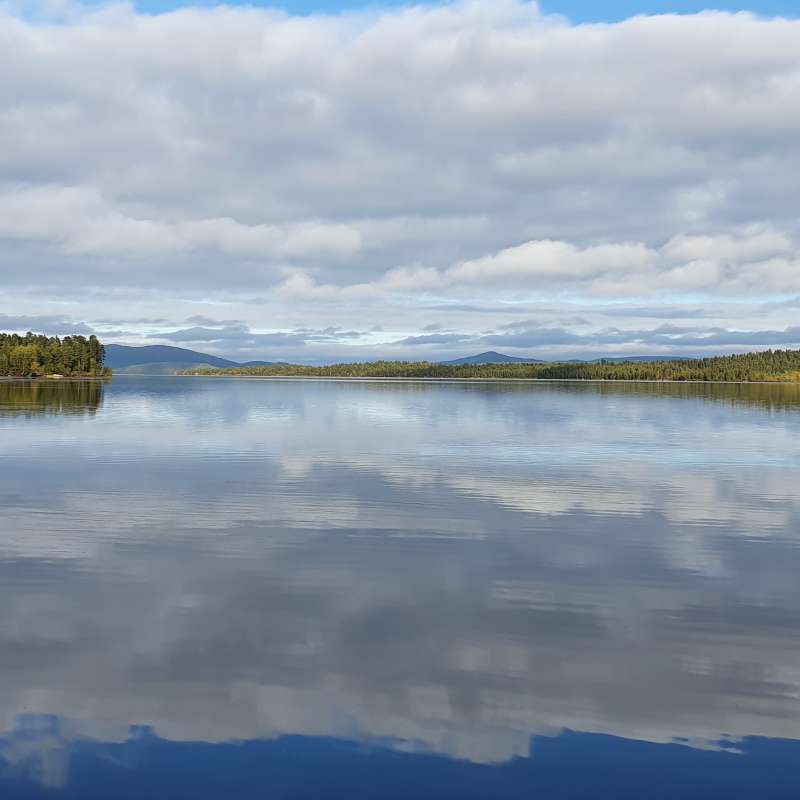Snorre Hagen
Head of Department/Head of Research
Authors
Sławomir Kaczmarek Tomasz Marquardt Snorre Hagen Cornelya Klutsch Steffen Roth Anna SeniczakAbstract
Abstract To date, only adults of Zercon forsslundi have been known. According to the description of this species, it has been the first report of Zercon with clear differences in opisthonotal chaetotaxy between females and males, a unique character in the genus. At the same time, Z. forsslundi belongs to a unique group of Zercon species with dorsal setae J5 in females clearly longer than setae J1 – J4 , the latter ones being short and of similar length. Our description is the first-ever report on the full morphological ontogeny of Z. forsslundi , the mite species, the adult which is the most similar to the recently described Zercon hamaricus and to a lesser extent to Zercon polonicus . The morphological closeness of the above-mentioned species has been confirmed in immature stages. We also studied the geographic distribution of Z. forsslundi and its above-mentioned congeners with remarks on their evolutionary affinity on the background of dispersal abilities and faunal dispersal after the Last Glacial Maximum. We also report the occurrence of Z. forsslundi and Z. hamaricus in the Northern Norway for the first time. Ranges of Z. forsslundi and Z. hamaricus overlap in the area of N Norway. Also, the microenvironmental sympatry was confirmed for these taxa. We also proved the niche overlap of these two species, which is probably limited to the northern verge of Eurasia. Zercon polonicus , not present in the current Arctic fauna, probably is a post-glacial relict, inhabiting more southern mountainous areas of Europe (Carpathians and Alps).
Authors
Rune Andreassen Berit Hansen Liya Pokrovskaya Vladimir Zhakov Daniel Kling Cornelya Klutsch Ida Marie Luna Fløystad Hans Geir Eiken Snorre HagenAbstract
No abstract has been registered
Authors
Live Lingaas Nesse Kristin Forfang Jannice Schau Slettemeås Snorre Hagen Marianne Sunde Abdelhameed Elameen Gro Skøien Johannessen Marianne Stenrød Girum Tadesse Tessema Marit Almvik Hans Geir EikenAbstract
No abstract has been registered

